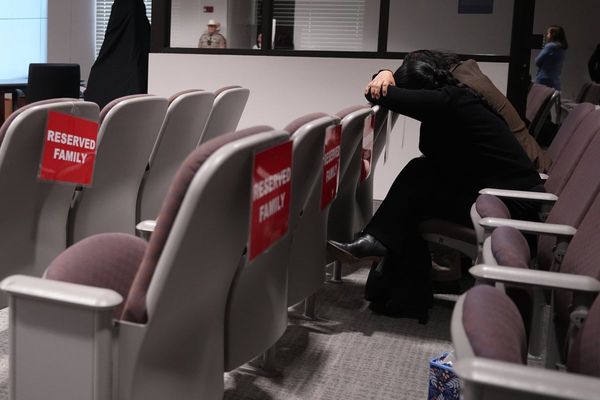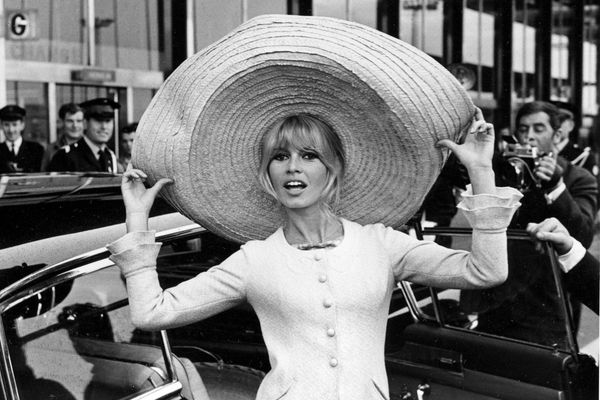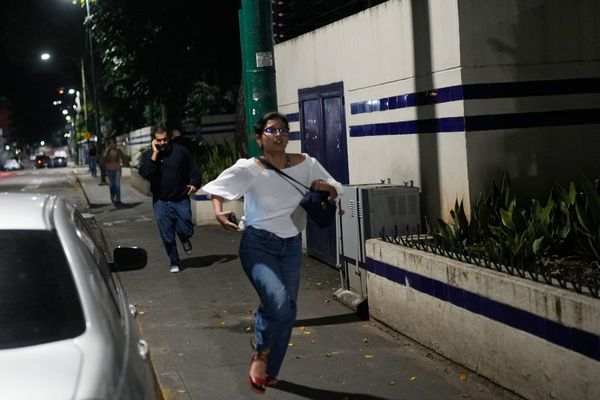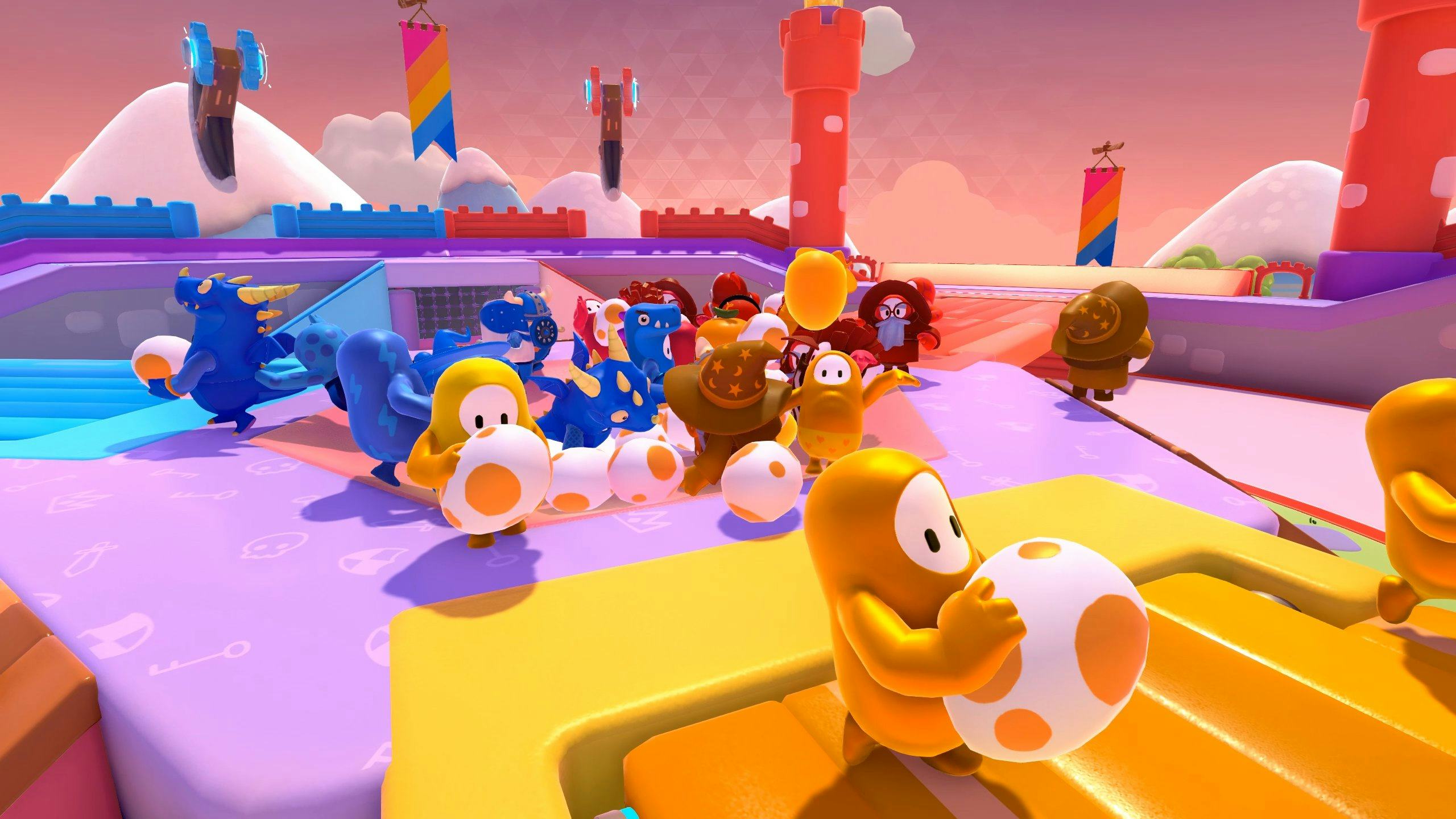
Everybody loves a good party, but throwing one is easier said than done. There’s a lot to consider. The guests have a range of tastes and expectations. What’s fun and familiar to some might be new and challenging to others. Party games are no different. We all want to have a good time when we play video games together, but how do you make something for everybody? That’s easy. You break out the weird little beans.
Fall Guys launched on August 4, 2020. Mediatonic’s physics-drunk party royale looked like a TV obstacle course stuffed into a gumball machine, then set loose online. But beneath the wobble and whimsy of its little bean men was a sharp idea: what if the battle royale trend traded guns and grim tension for slapstick momentum, bright costumes, and the kind of rules even a spectator could grasp in seconds?
Mediatonic had long dabbled in colorful arcade experiences, and the designers openly cited shows like Takeshi’s Castle and Wipeout as tonal lodestars. The team built around three pillars, simple inputs, reactive physics, and bite-sized elimination rounds, that could scale to a 60-player scrum. By keeping the action elementary (run, jump, dive, grab) and making the beans’ center of gravity deliberately goofy, Fall Guys turned failure into comedy and competence into spectacle. Importantly, it framed battle royale not as a last-man-standing gunfight but as a TV game show party.
Fall Guys arrived at a strangely perfect moment. It hit PlayStation Plus at no extra cost and debuted on PC at the height of lockdowns, when online social spaces were crucial lifelines. The combination of free access, streamer-friendly content, and a captive audience produced instant critical and commercial heat.
Reviewers praised its accessibility, candy-coated art direction, and a structure that made “one more run” irresistible. Critics also flagged repetition that shone through once you’d memorized the early season’s map rotation, plus the occasional sting of team rounds where random chance could undo a perfect run. None of that blunted its momentum; if anything, the community’s shared groans at “Yellow Team” jokes and seesaw stalemates fed the meme factory.
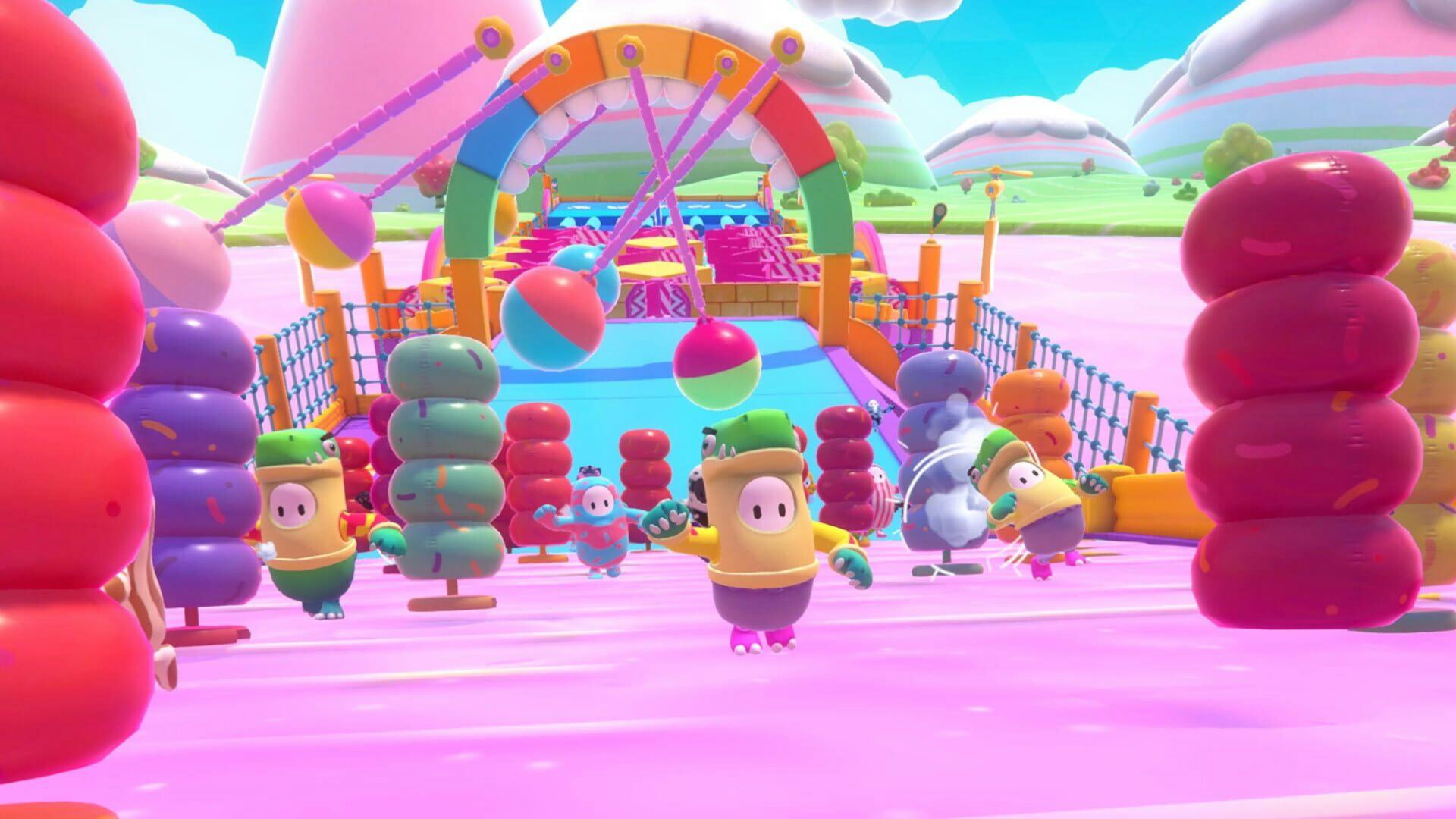
Then came the live-service marathon. Seasonal updates added new rounds, remixes, and limited-time playlists; the bean wardrobe exploded with collaborations from Sonic to Godzilla to Halo. In 2021, Epic Games acquired Mediatonic, a move that made strategic sense: Fall Guys had already proven itself as an all-ages service game tightly aligned with streamer culture, crossover events, and a rotating shop. The 2022 relaunch to free-to-play, alongside Xbox and Switch versions and full cross-play/cross-progression, finished the platform puzzle and shifted the economy to a battle-pass-style system. The transition caused debates over legacy rewards and monetization, but the broader effect was to keep the runway long and the player pool wide.
Across that run, Mediatonic did the unglamorous work that decides whether a social game survives: iterating anti-cheat, sanding down griefing edges, and building better matchmaking and private lobbies so streamers and communities could stage their own bouncy bloodsports. The addition of Fall Guys Creative, which lets players build and share their own rounds, was both a nod to UGC trends and a pressure valve for the “we need more maps” drumbeat that every successful party game eventually hears. It also subtly reframed the game. Not only could Fall Guys keep you entertained, it could commission you to entertain everyone else.
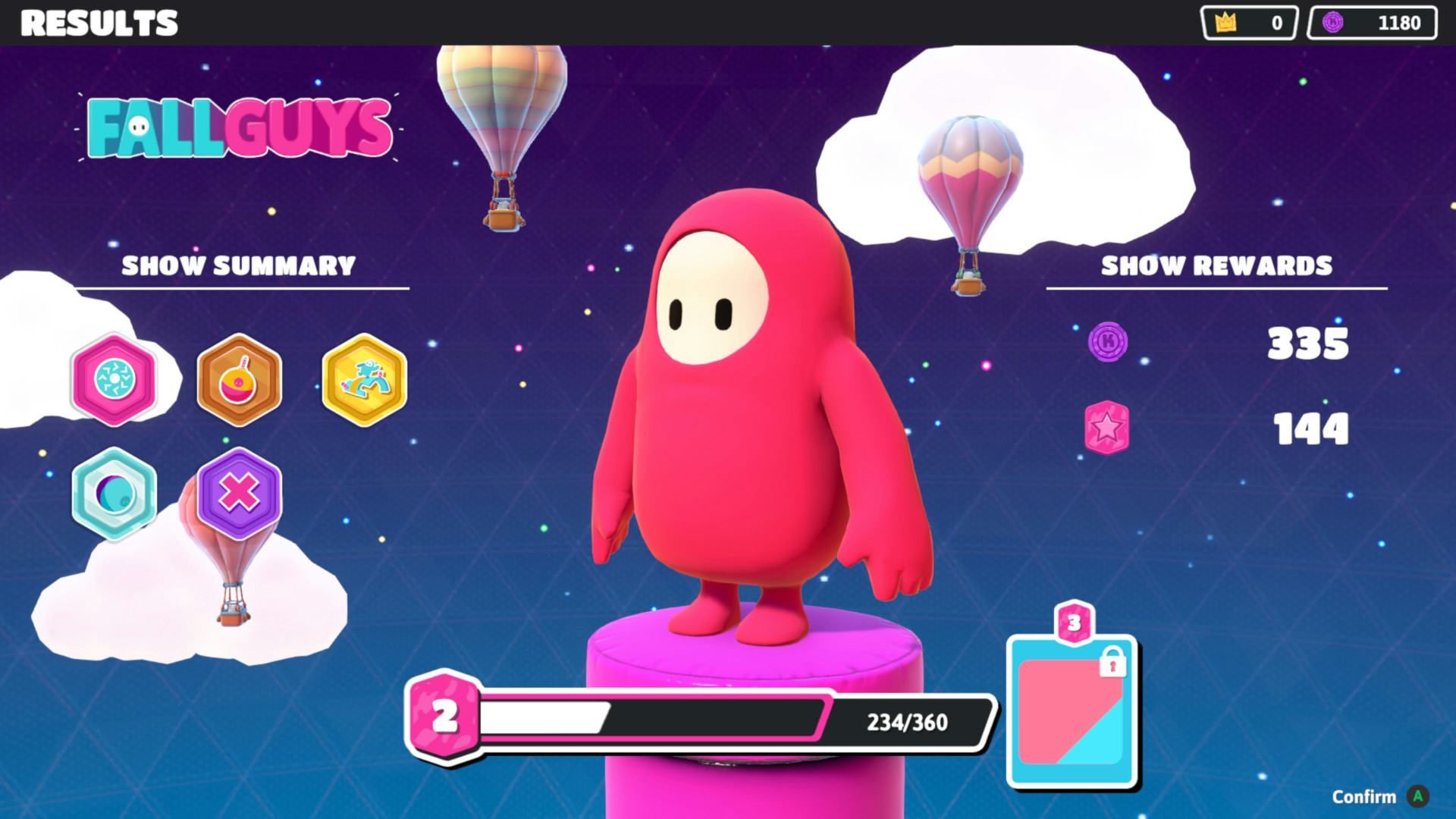
What makes Fall Guys’ impact bigger than its jellybean silhouette is how it reframed the battle royale and party genres for the 2020s. Where Fortnite proved you could turn a BR into a cultural venue, Fall Guys reminded the industry that you could do the same thing without combat at all. It helped popularize the “party royale” lane: short-form, stream-legible, drop-in social games built on failure being funny and success being shareable. You can see its fingerprints on the wave of cozy-competitive games that followed—projects that privilege spectacle, cross-IP cosmetics, and event calendars designed as much for social media moments as for ranked ladders.
It also rewired how publishers think about platform strategy. Being a PS Plus headliner at launch wasn’t just a marketing beat; it was a player-acquisition tactic that proved decisive for multiplayer titles seeking a critical mass. After the Epic acquisition, the cross-play, cross-progression, and storefront shifts underscored the importance of making cross-platform play as smooth as possible. The steady parade of brand collaborations likewise became a template—costumes as cultural currency, each crossover a miniature marketing campaign that felt like a reward rather than an ad.
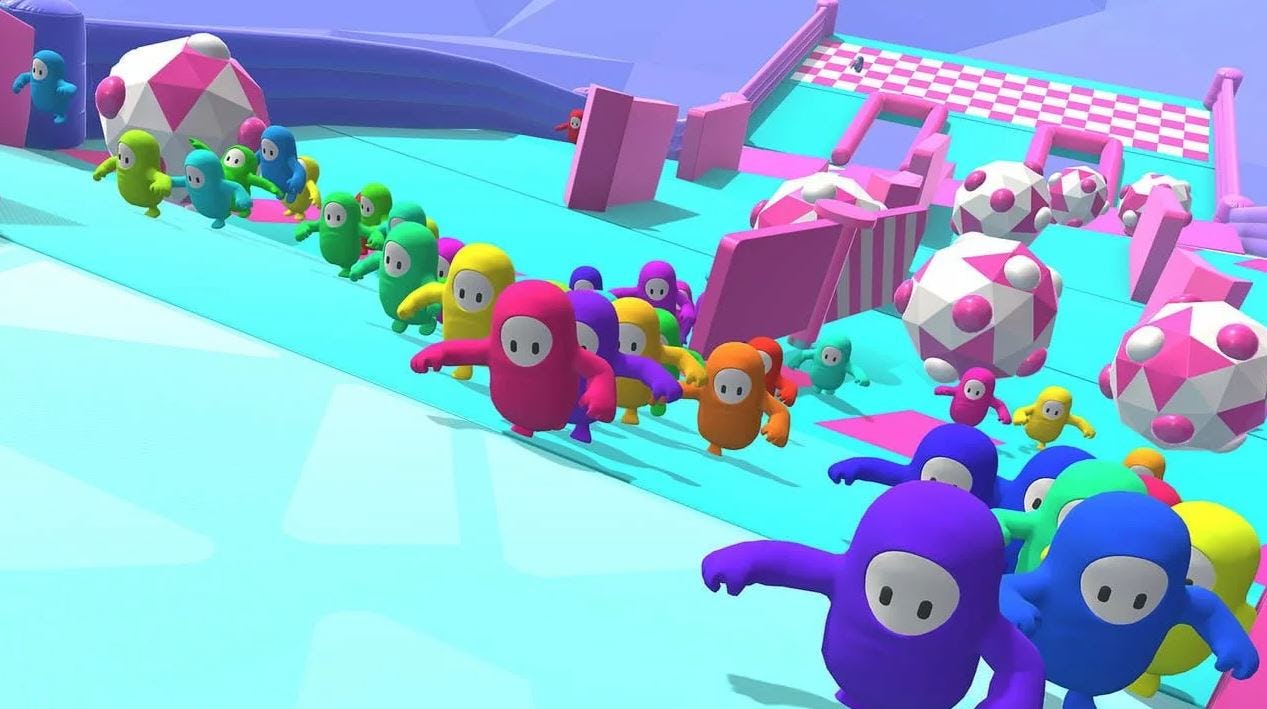
Fall Guys is not perfect. At times its live-service cadence lagged behind demand, and the chaos that makes it delightful can also make it maddening. But the achievement is clear. Mediatonic didn’t just chase a trend, it translated Saturday-morning slapstick into a successful modern multiplayer game.
Five years on, the beans remain an evergreen reminder that accessibility and personality are competitive advantages. That laughter, not lethality, can fuel a phenomenon. In an era when the biggest games are ecosystems, Fall Guys carved out a bouncy castle and invited everyone in. The line is still forming.
